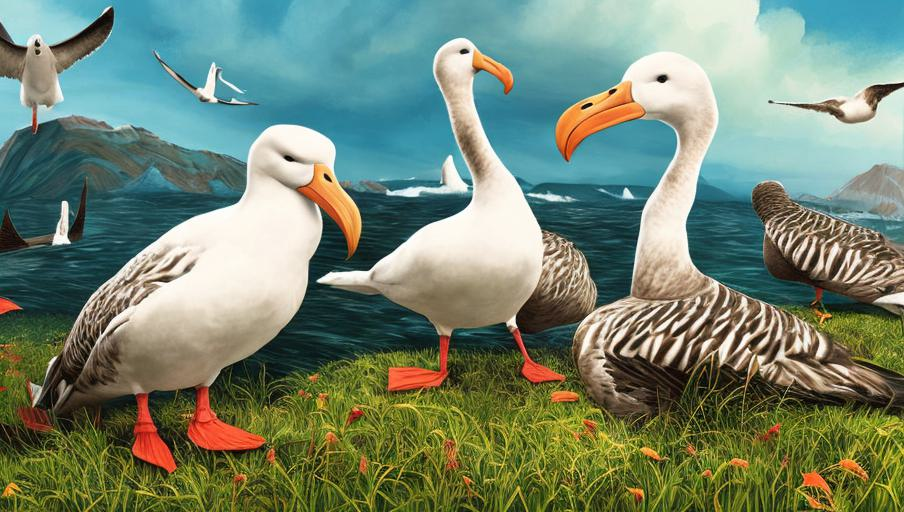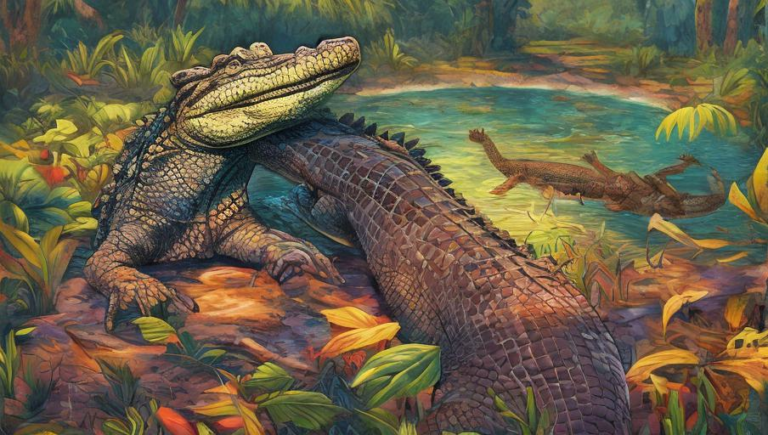Defending the Albatross: How Government Regulations Protect These Birds

Introduction
The albatross is a majestic bird that is found in coastal areas, open oceans, and even inland. These large seabirds have a wingspan of up to 3.7 meters, and they can fly hundreds of miles without ever touching land. Their wings are adapted to soar over long distances, and they have a unique ability to find food sources in the open ocean. Unfortunately, albatross have been facing a number of threats in recent years, including fishing bycatch, habitat destruction, and pollution. To protect these birds, governments around the world have implemented various regulations.
Habitat Destruction
Albatrosses primarily nest on islands and atolls, but unfortunately, these habitats are at risk of destruction due to human development. For example, in the Hawaiian Islands, albatrosses have been affected by the construction of resorts and other developments. The destruction of these habitats can lead to a decrease in their population, as well as the destruction of their food sources.
To protect albatrosses and their habitats, the United States government has issued a number of rules and regulations. For example, the Migratory Bird Treaty Act of 1918 protects albatrosses and other migratory birds from being hunted, captured, or killed. The Endangered Species Act of 1973 prohibits the destruction of their habitats, and the Marine Mammal Protection Act of 1972 protects them from being killed by fishermen.
Fishing Bycatch
Albatrosses can also be accidentally caught in fishing nets, a phenomenon known as bycatch. This is especially true for longline fisheries, which use long strands of fishing line that can stretch for miles. The albatross can be attracted to the bait and become entangled in the line. This can lead to injury or death for the birds, and it can also reduce their population numbers. To reduce this, the US government has put in place a number of measures. For example, the Incidental Take Statement for Longline Fishing requires fishermen to use methods that reduce the chances of bycatch, such as modifying their equipment and using bird-scaring devices.
Pollution
Albatrosses can also be affected by pollution, as they often consume plastic pellets and other debris that has been discarded into the ocean. To reduce this, the US government has enacted the Marine Debris Act of 2006, which requires vessels to dispose of their waste properly, and the Magnuson-Stevens Fishery Conservation and Management Act of 1996, which requires fishermen to reduce their waste. Additionally, governments around the world have implemented regulations to reduce air pollution, which can have a negative effect on the albatross.
Conclusion
Albatrosses are majestic birds that are facing a number of threats, including habitat destruction, fishing bycatch, and pollution. To protect these birds, governments around the world have implemented a number of regulations, including laws that protect their habitats, reduce bycatch, and reduce air pollution. By taking these steps, we can ensure that these birds will be able to continue to soar and thrive for generations to come.





